Bridging the gap between skills and finding employment continues to be a problem for South Africa’s growing pool of unemployed youth, with many skilled graduates unable to enter the workforce. That said, closing this gap is not an insurmountable task, and can be addressed right now, bringing tangible impact to South Africa’s workforce.
THE MISSING MIDDLE OF EMPLOYMENT SOLUTIONS
According to Stats SA and the South African Quarterly Labour Force Survey, the number of unemployed youth in the country (those that are 15-34 years of age) increased to just shy of 5 million in the first quarter of 2023. This resulted in an increase in the unemployed youth rate by 1 percentage point bringing the total to 46% of young South Africans.
The concern for the levels of national youth unemployment is warranted, and there seems to be little tangible improvement in combating this figure in recent years. There are many national programmes and initiatives aimed at providing support and creating opportunities to enter the workforce, but these are mid-to-long-term solutions.
There are, however, key issues that can be addressed in the short term to tackle this increasing level of young minds without gainful employment. The opportunity to move this large portion of South Africans lies not only in access to support and skills, but also in awareness and an understanding of the opportunities that exist right now.
The reality is that South Africa has enough skilled graduates and enough roles to fill – the missing piece is in the middle.
THE GROWTH OF JOB VACANCIES THAT NEED FILLING
There is a concerning lack of education among South African youth and school leavers regarding the many avenues of study for viable career paths. Historically, academics spoke of ‘future proofing’ the workforce by highlighting careers of the future (coding, technology engineering, artificial intelligence etc.). These careers are now not only a reality today, but currently lack viable candidates to fill much needed positions.
There are said to be approximately 66 000 roles that could be opened and filled in South Africa’s digital economy that cannot be due to a notable gap and skills shortage. This is concerning, as the digital economy is said to be growing at least four times faster than the country’s GDP.
Shifting mindsets of current school leavers will no doubt yield positive benefits in the short-term with long-term impact for unemployment levels, by providing clarity, education, and accessibility to these new and needed career paths.
This is where it is crucial to acknowledge and embrace the commitment by private institutions in providing these skills. Private institutions are agile enough to assess changes in skills needs, develop diplomas, degrees, certificates, and short courses to address these needs, and roll them out in real time to ensure that South Africa’s youth can keep abreast of changing job needs and increase their employability.
Getting these graduates from earning to learning will not only benefit their career trajectories, but also fill the gaps left in the economy, as well as provide the skilled workforce needed across industries for economic growth and a stronger national work force.
IMPROVING YOUTH EMPLOYABILITY
We must accelerate the pace at which we attempt to tackle the skills deficit in South Africa and close the gap between youth unemployment and filling the roles that will benefit the broader economy.
Digital competencies, artificial intelligence, creative thinking, data analysis, and other so-called ‘skills of the future’ will unlock the potential needed for a powerful workforce and ensure that the various industries and economies needed to grow the national economy are no longer hindered, but are elevated today.
We need to no longer see the issue as one of creating jobs, but rather correcting the misalignment between jobs available, able-bodied young minds, and the skills that bring them together.
President Cyril Ramaphosa has recently committed R800 million from the National Skills Fund toward skills development to strengthen the link between the skills developed and the skills the workplace needs. We must ensure that the institutions providing this to these young minds are agile enough to provide learning in those fields that can – in the immediate – close the gap with major economic impact for the country’s citizens.

Carmen Schaefer, Red & Yellow Head of Academics
Carmen began her career as a graphic designer in the fast-paced world of advertising. Since then she has been lucky enough to have been involved in the education of South Africa’s most talented young creatives for the past 20 years. She currently leads the academic team at Red & Yellow and is committed to growing Red & Yellow into the most creative business school in the world. She also authors the annual employability report.


